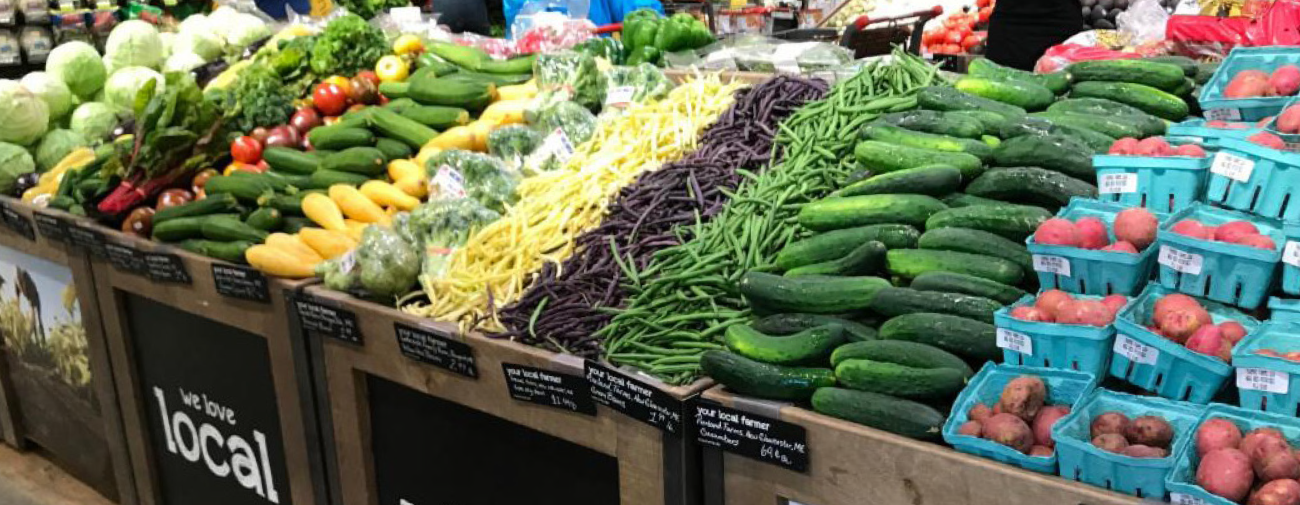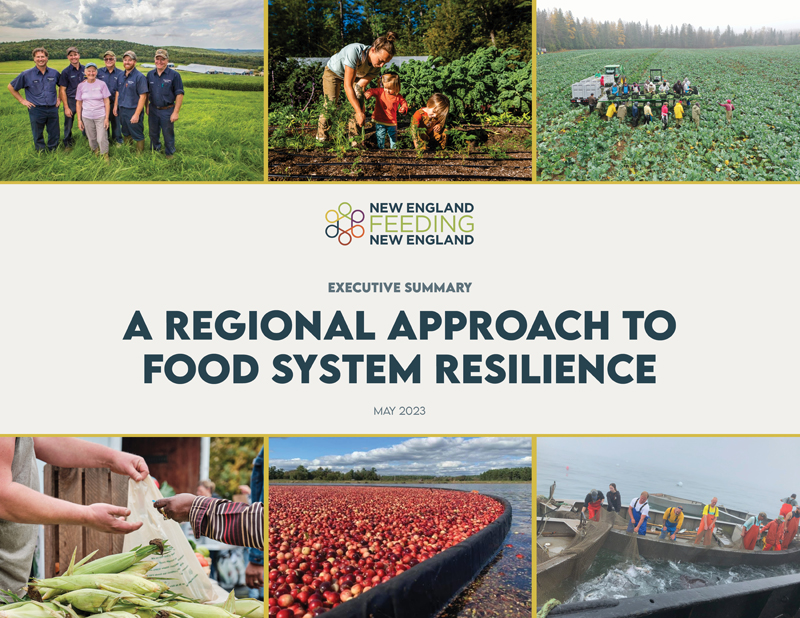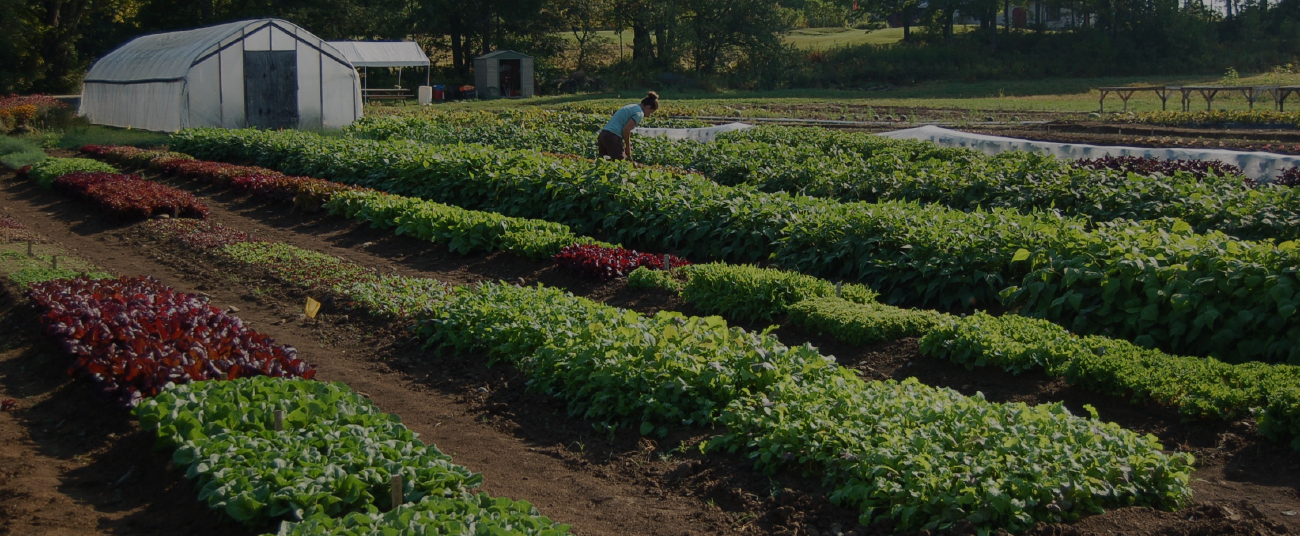
Report Components
Executive Summary: A Regional Approach to Food System Resilience
What will it really take to grow, raise, produce, harvest, and catch more regional food and move it through a complex supply chain to our homes and other places we eat? What do we need to do in the near term, by 2030, to make tangible progress towards this bold vision? How might the increasing and escalating impacts of climate change impact our ability to feed ourselves? What can we do as a region to make our food system more equitable and fair, resilient and reliable?
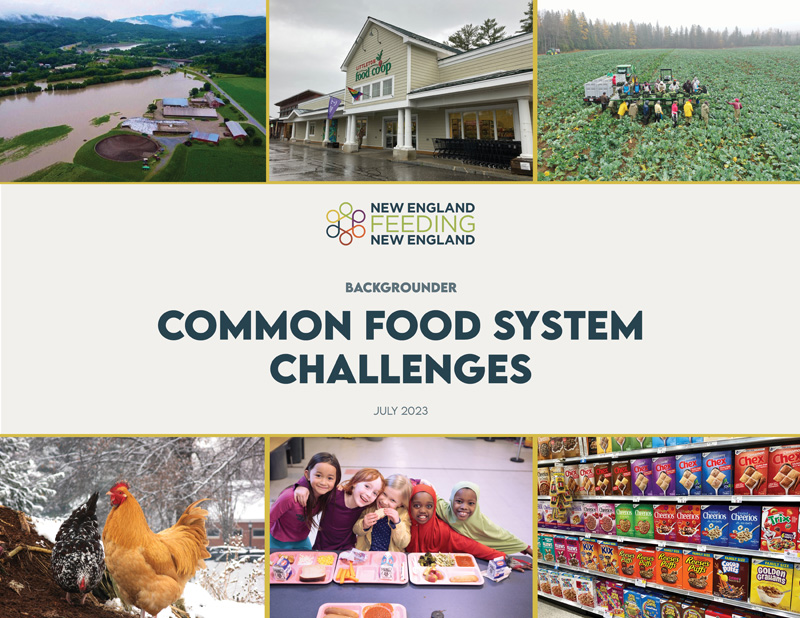
Common challenges across all food systems include risks to long-term food production, challenges to farm and food business viability, rising inequality and stagnant wages, and limited progress on reducing food and nutrition insecurity. Although conditions on the ground vary by local contexts, cultures, and ecologies, every food system on earth is grappling with these challenges.
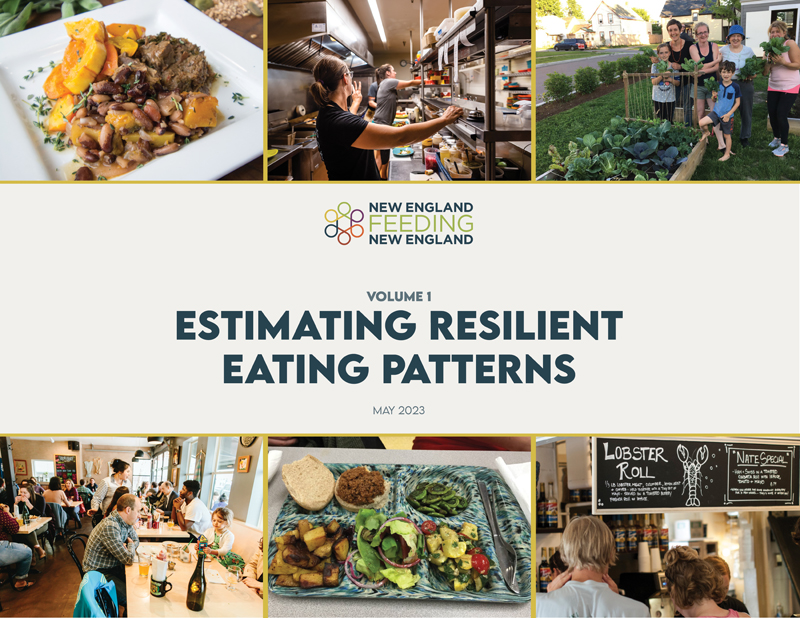
Volume 1 examines the question: If we ate in a healthier, more resilient way, could more of our food be supplied by regional production? To calculate how much food 15.3 million New Englanders currently consume—and how much 15.6 million New Englanders might consume in 2030—we analyzed dietary patterns across the major food groups. Meeting a goal of 30% regional food self-reliance will require significant cultural change in how and what we eat, and major investments in improving access to healthy food.
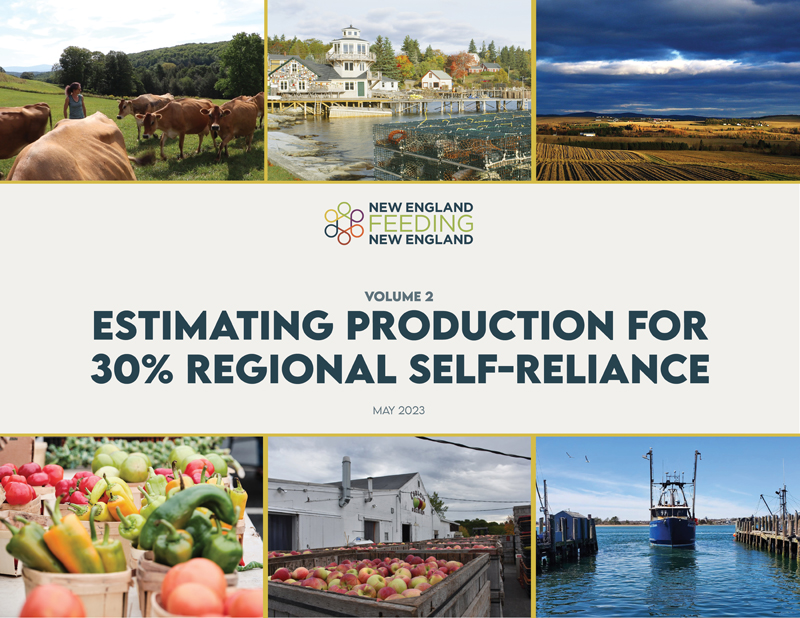
Volume 2 researchers created a model of regional self-reliance—an estimate of the region’s production of food commodities compared to its consumption of those same commodities—that outlined scenarios for how the six New England states could meet a goal of supplying 30% of our food from regional sources by 2030. This work used the average volume of seafood landed from 2010-2019 in New England and did not model potential changes to the contribution of seafood.
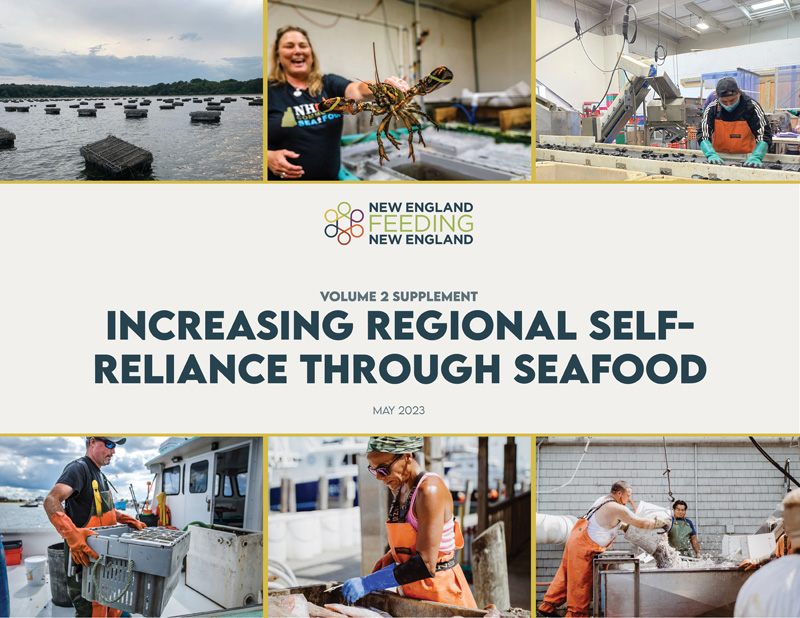
This seafood supplement identifies opportunities for increasing regional self-reliance for seafood that may aid future modeling work.
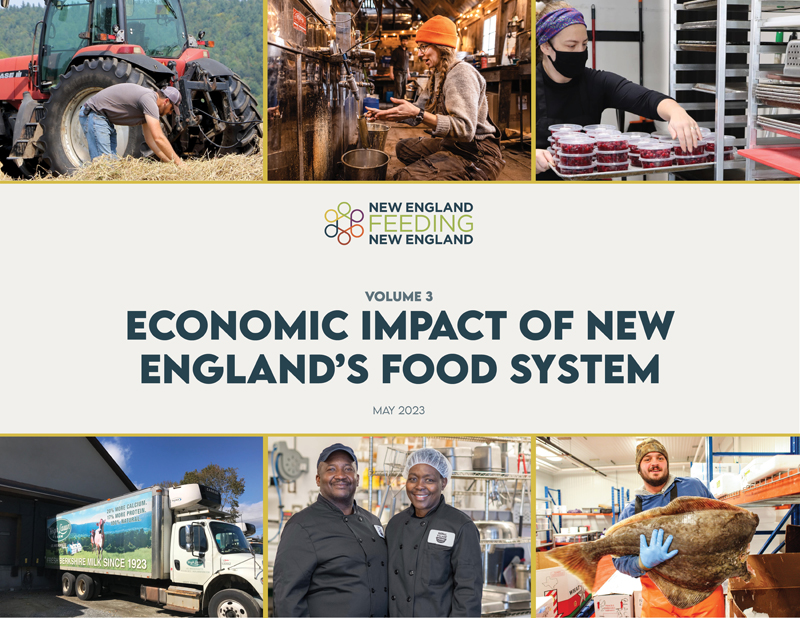
Volume 3 examines the question: Do we have the right mix of industries to ramp up food production? What sectors are growing? What sectors are declining? We estimated the number of people employed in New England’s food system, the economic impact of food system activities, economic multipliers for each industry, and areas of growth or contraction were developed.
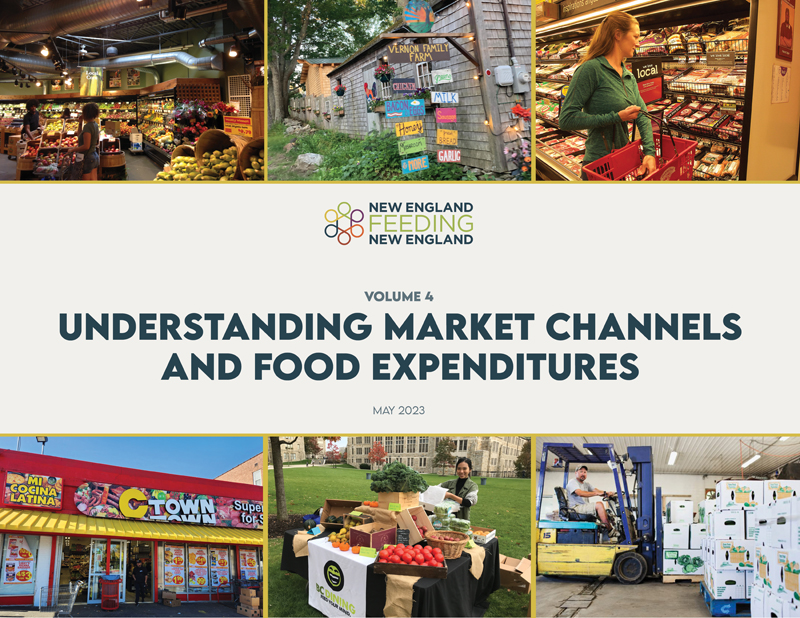
Volume 4 examines the role of market channels — grocery stores, restaurants, institutions and others — in distributing food to New England consumers and the potential for each to contribute to meeting a collective goal of 30% regional food products by 2030.
